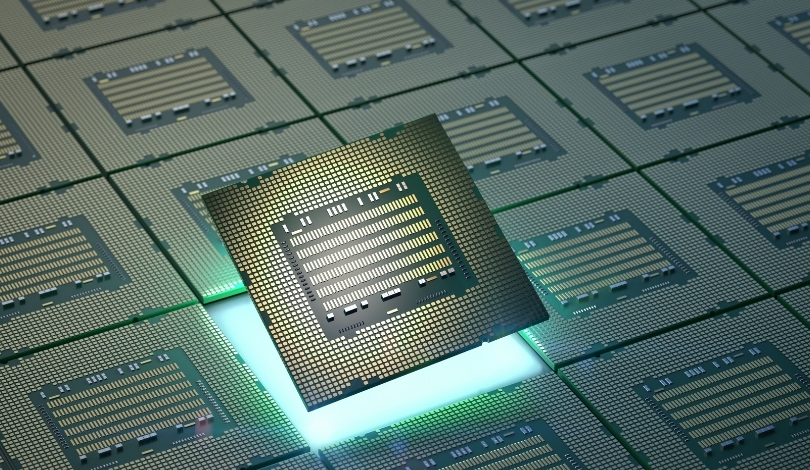Consumers eager to upgrade to the latest Ryzen AI 300 CPU laptops face a significant obstacle: the inability to install Windows 10 on these devices. As users look for a blend of advanced hardware and a familiar operating system, this limitation comes as an unexpected barrier. The incompatibility issue could potentially impact purchasing decisions and user satisfaction, especially for those reluctant to transition to newer operating systems.
The Ryzen AI 300 CPU, launched in 2023, is designed to deliver enhanced performance and efficiency. Featuring advanced processing capabilities and AI-powered functionalities, it aims to cater to demanding computing tasks and modern applications. This CPU, developed and introduced globally, underscores a shift towards more AI-integrated computing experiences.
Compatibility Challenges
Previous information highlighted that users have experienced various compatibility issues with new hardware and older operating systems. Earlier AMD products had some documented instances where drivers and software updates lagged behind hardware advancements. Comparing this to the Ryzen AI 300 situation reveals a consistent trend where AMD pushes the boundary of hardware innovation, sometimes at the expense of backward compatibility.
Industry analysts have noted that this type of compatibility challenge is not unique to AMD. Other hardware manufacturers have also faced similar issues, particularly when releasing technologically advanced products. This trend indicates a broader industry pattern where rapid hardware advancements can lead to temporary software support gaps.
Insights and Inferences
– The Ryzen AI 300 CPU’s design emphasizes advanced computing and AI functionalities.
– There is a growing trend towards hardware-software incompatibility with rapid technological advancements.
– Consumer preference for older operating systems remains significant despite new hardware releases.
The Ryzen AI 300 CPU’s incompatibility with Windows 10 reflects broader industry dynamics where rapid technological advancements in hardware often outpace software compatibility. This situation may compel users to transition to newer operating systems like Windows 11, despite a preference for older, more familiar environments. Potential buyers must weigh the benefits of cutting-edge hardware against the operational limitations imposed by software compatibility issues. Such scenarios underscore the importance of cohesive hardware-software development to ensure seamless user experiences, especially for tech enthusiasts and professionals reliant on specific operating systems.










